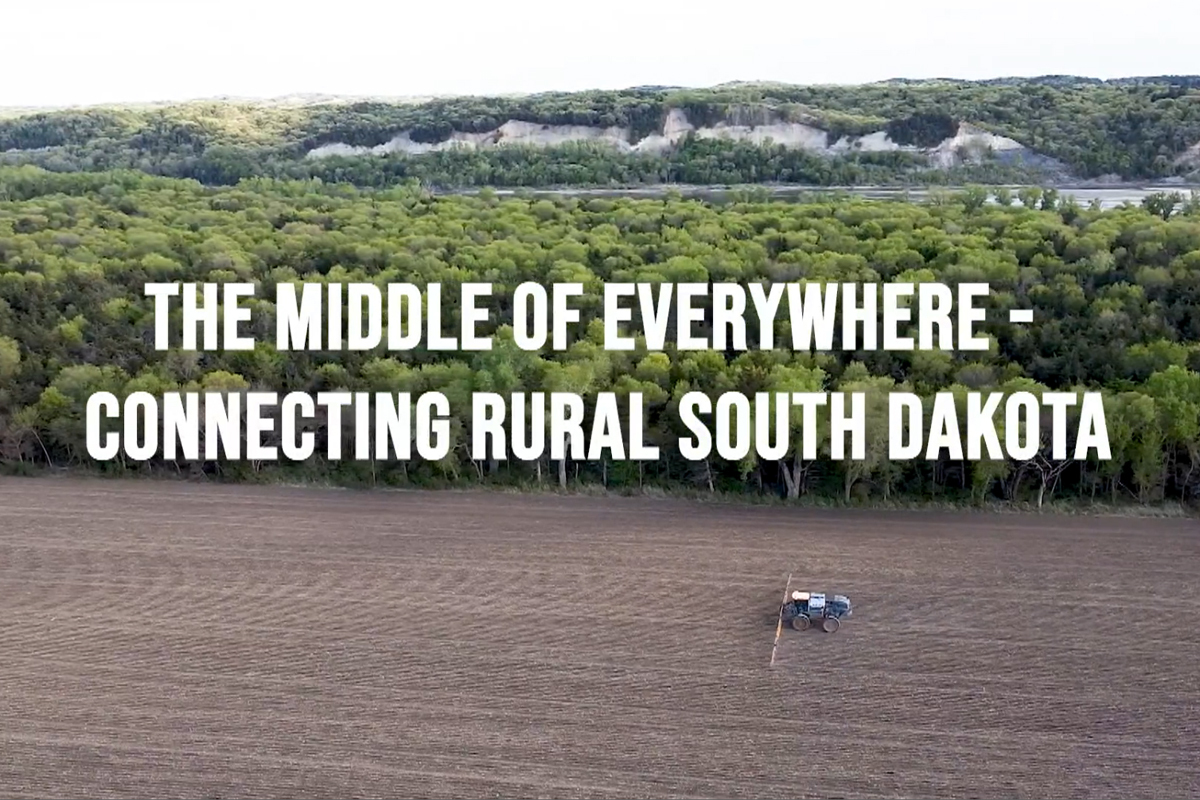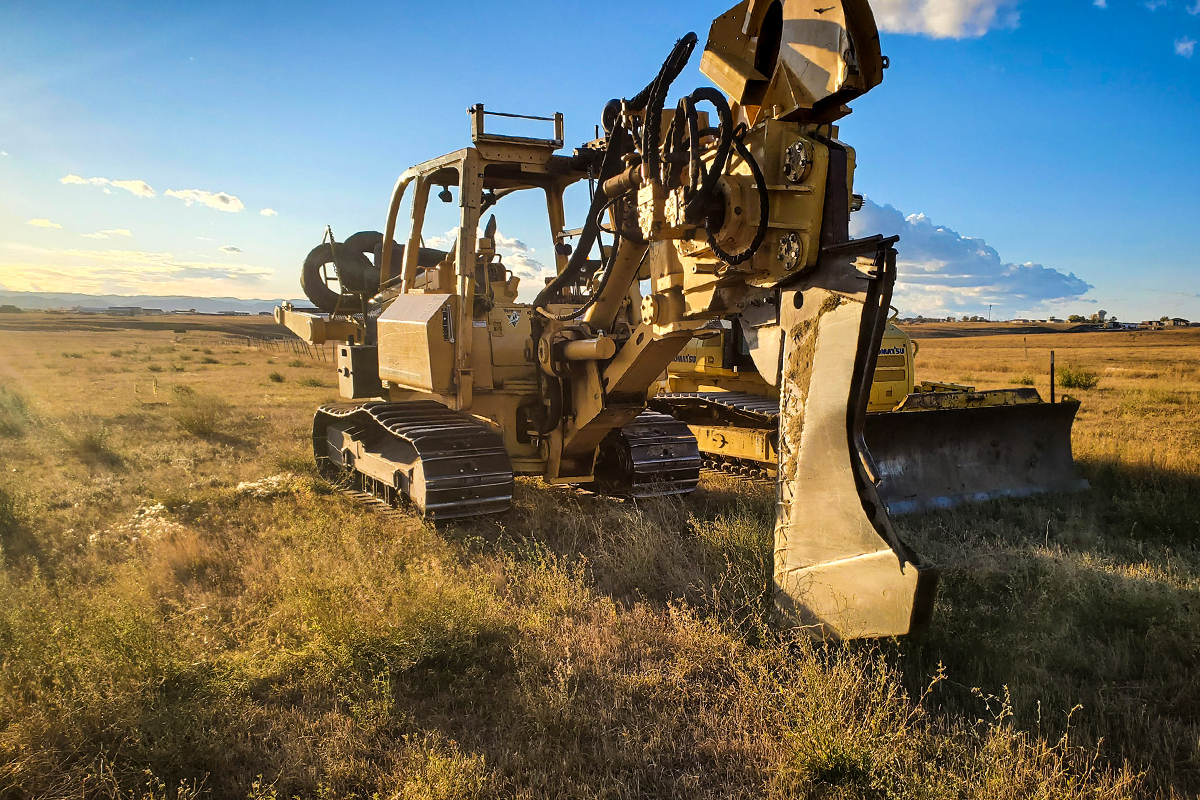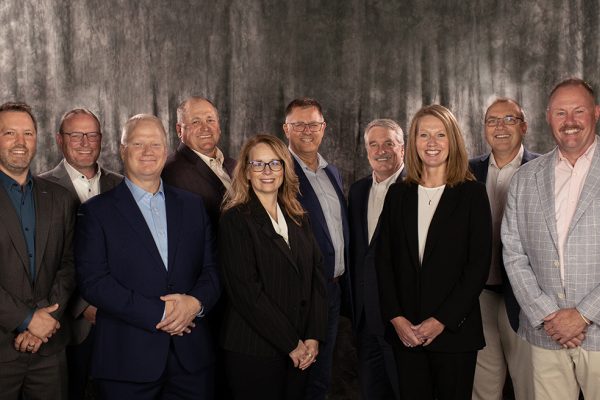
Bringing good, broadband connectivity to remote areas of South Dakota is a historic undertaking nearly as challenging and potentially as rewarding as was delivering electricity to rural residents in the mid-20th Century.
That’s among the takeaways that viewers are likely to get from watching the new TV documentary, “The Middle of Everywhere: Connecting Rural South Dakota,” which premiered Nov. 16 on South Dakota Public Broadcasting.
The program doesn’t focus entirely on the importance of broadband connectivity to community and economic growth. It also reviews the development of several other key services and amenities that have helped bring South Dakotans together and significantly changed life.
Rural electrification work done in the 1930s through the 1960s changed virtually everything about life in rural South Dakota, documentary producer Brian Gevik points out. However, local newspapers, radio stations and telephone services also had an enormous impact on improving life in rural areas and in small towns across South Dakota.

Extending and upgrading connectivity to remote and underserved areas of the state is the latest example of how social and economic connections are evolving and making rural life better.
With help from state and federal grants, SDN Communications in Sioux Falls and its member companies across South Dakota are among today’s telecommunications companies that are expanding services to underserved parts of rural areas.
State and federal help is needed for such projects because of the high cost of delivering services to sparsely populated areas that offer few customers. Challenging construction conditions, such as a rocky or hilly landscape, can add to construction costs. With the help of federal grants, SDN is currently working on two projects to expand and improve broadband services in that kind of environment to several small communities in the Black Hills.

The projects will benefit South Dakota residents and visitors to the state by, for example, allowing them to work more efficiently from remote locations, said Mark Shlanta, CEO of SDN. He is among the industry experts interviewed for the documentary.
“Things I would say to look for across the state, especially in the next five years or so, is just the further deployment of those fiber optic facilities into some of the toughest-to-serve areas in the state,” Shlanta said.

The Black Hills community of Deadwood started the first telephone system in Dakota Territory in 1878, which gave the town phone service before San Francisco and the White House had it, the documentary reports.
In 1916, Wall-based Golden West Telecommunications started stringing telephone lines along fence posts in the remote plains of what became western South Dakota.

Voice connectivity remained the priority in phone connectivity from the early 1900s to about the mid-1990s, when demand for data services for purposes such as work, telemedicine, social and entertainment began to increase, said Denny Law, CEO and general manager of Golden West. Golden West is an SDN member company and Law is the president of SDN’s Board of Managers.
“You look at the work applications, I think we’re just on the very front end of where those things are going to shift for years to come,” Law said.
The well-done, hour-long, SDPB documentary is scheduled to air again. If you’re at all interested in the history and development of South Dakota, it’s worth watching. The program will air again on the following dates (all times Central):
- Thursday, Nov. 26 at 8 pm on SDPB1
- Sunday, Dec. 13 at 4 pm on SDPB2 (World)
- Monday, Dec. 14 at 9 pm on SDPB1
You can also watch it in its entirety on the SDPB webpage.
SDN is a leader in providing business internet, private networking and cloud connectivity to businesses and organizations in communities such as Sioux Falls, Rapid City, Worthington, and the surrounding areas.




